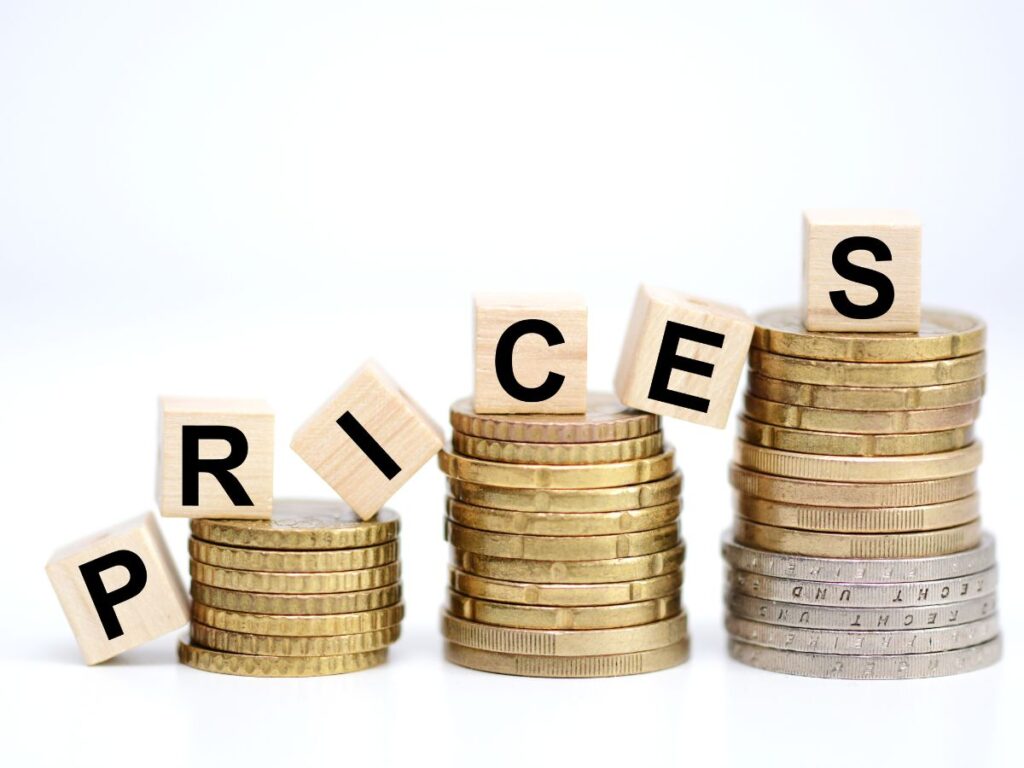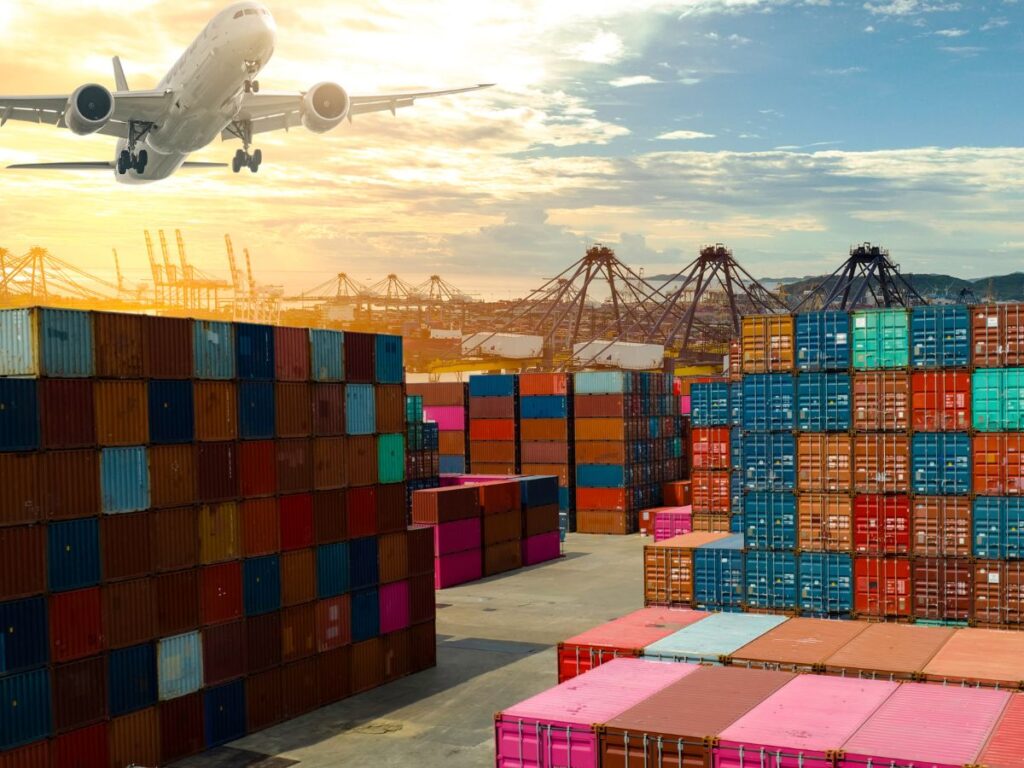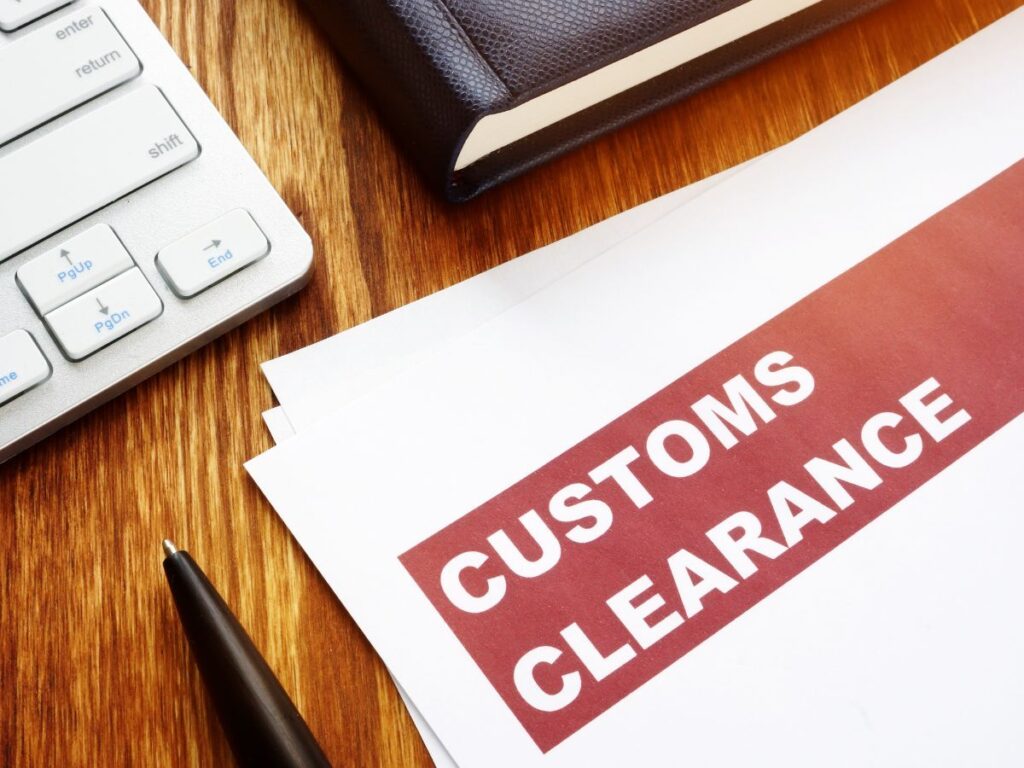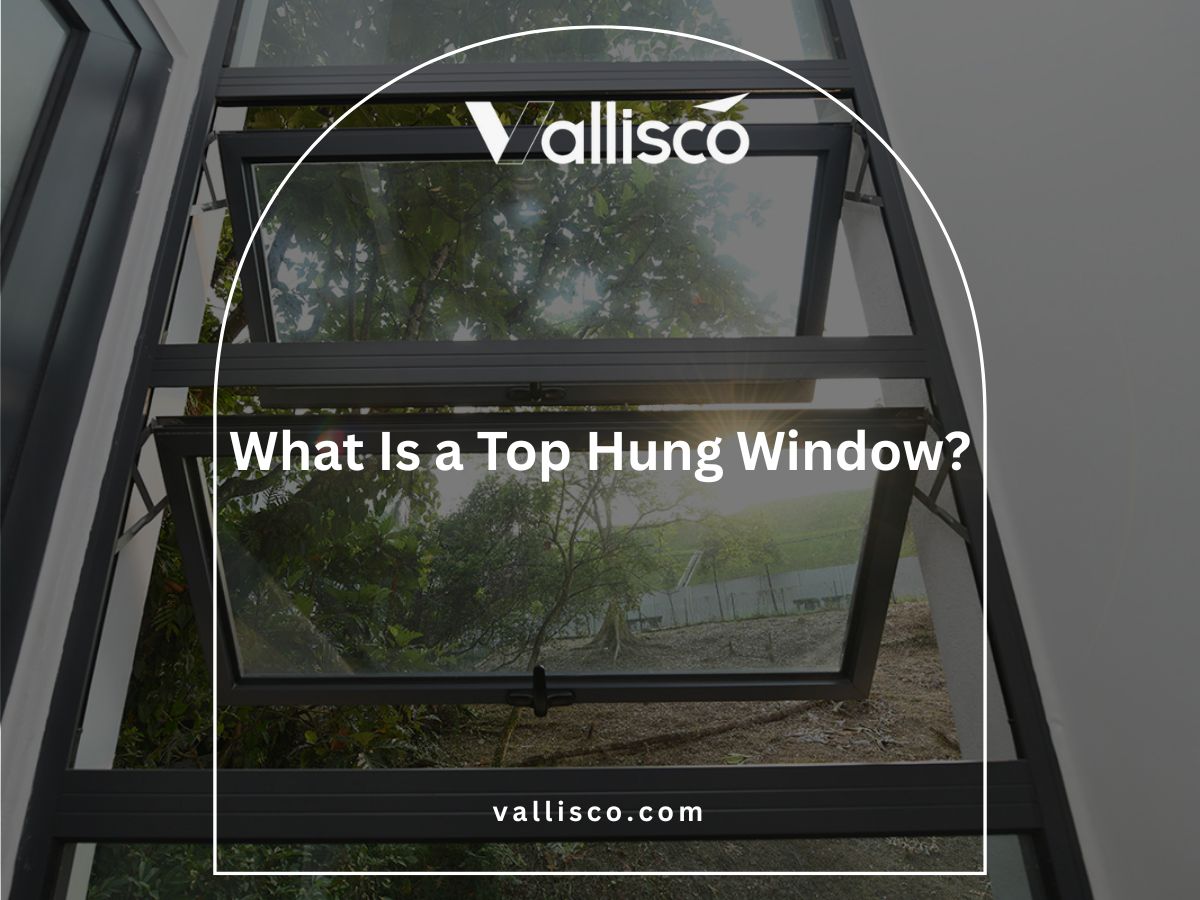A hotel project once came to me in a rush. Their local suppliers couldn’t deliver on time, and they risked delaying their grand opening.
That case showed me how important it is to have reliable overseas options ready.
My team and I have supported many builders, hotel owners, and house owners with imports from China. I’ll share lessons based on real orders, not just theory.
In this guide, you’ll learn everything about how to import windows from China, from finding suppliers to getting the products safely to your site. Reading through will give you the knowledge you need to avoid problems and save time.
If you’ve ever faced stress with supply or deadlines, you’ll connect with what I share here.
So, let’s start!
1. Research and Identify Reliable Suppliers
Finding the right supplier is the foundation of importing windows from China. I’ve seen projects succeed or fail based on this step alone. Let’s break it down so you know what to look for and where to start:
Use the Right Platforms and Trade Shows
There are many ways to connect with suppliers in China. Some options are online, while others let you meet manufacturers in person. Here’s a quick overview to help you decide where to start:
| Platform / Event | Type | What You Get | Notes | Best For |
| Alibaba | Online | Wide supplier base, buyer protection, reviews | Easy to start but quality varies. Always verify suppliers. | First-time importers |
| Made-in-China | Online | Verified suppliers, detailed profiles, trade resources | Good for checking certifications and factory details. | Buyers needing detailed info |
| Global Sources | Online | Pre-screened suppliers, stronger export focus | Strong presence in electronics and building materials. | Businesses planning bulk orders |
| Canton Fair | Trade Show | Thousands of suppliers across industries | Best for building trust and seeing product samples. | Meeting factories face-to-face |
| Fenestration BAU China | Trade Show | Specialized in windows, doors, glass products | Focused on the building and construction industry. | Businesses needing high-quality solutions |
| Industry Contacts | Referral | Trusted recommendations from peers | Saves time and risk if you have network connections. | Repeat importers |
Check Credentials and Experience
- Business Licenses and Certificates: Always ask for copies of legal documents before moving forward. This confirms the factory is registered and authorized to export.
- Export Experience: A supplier who has worked with hotels, villas, or construction projects abroad will understand the standards you expect. This helps avoid costly mistakes later.
- Client References: Look for proof such as case studies or project details. These show whether the supplier can handle your order size and quality needs.
Ask for Samples and Build a Relationship
- Product Samples: Testing samples lets you check quality in real life. Look at glass clarity, frame strength, and finishing. Pictures online can be misleading, so this step is critical.
- Communication Style: Pay attention to how quickly and clearly the supplier replies. Smooth communication now means fewer problems during a large order.
- Trial Orders: If possible, start with a small order to test reliability. Once you’re satisfied, you can increase volume with more confidence.
2. Understand Product Standards and Compliance
Every market has rules for windows, and ignoring them can cause problems at customs or even force you to replace products after they arrive. I’ve seen projects get delayed because the right standards weren’t met. Let’s make sure that doesn’t happen to you:
Know Your Local Building Codes
- Energy Efficiency Standards: Many countries set limits on heat transfer, often measured by U-value. If your windows don’t meet these, inspectors can block installation.
- Safety Requirements: Check whether tempered or laminated glass is required. For villas, hotels, or commercial buildings, these rules are often strict.
- Frame Materials: Some regions have rules about fire safety or environmental standards. Always confirm which materials are acceptable in your market before ordering.
Check International Certifications
- CE Marking: If you’re in Europe, windows usually need CE marking. This shows the product meets EU safety, health, and environmental protection standards.
- ISO Certification: An ISO-certified factory often has stronger quality management systems. While not always required, it adds confidence that the products are consistent.
- Other Regional Labels: Southeast Asia may have its own certifications depending on the country. A supplier experienced with exports should guide you on these.
Request Test Reports and Samples
- Laboratory Test Reports: Always ask for recent test results on insulation, strength, and durability. Reports from third-party labs are more reliable than internal tests.
- Sample Inspection: Checking samples yourself gives you direct proof of quality. You’ll see whether the window matches safety and energy requirements before a large shipment.
- Supplier Transparency: A trusted manufacturer like Vallisco openly shares certificates and test results with clients. This kind of openness shows they’re confident in their product quality and serious about long-term business.
3. Compare Pricing and Negotiate Terms
Price talks can be tricky, but they matter as much as product quality. I’ve seen buyers focus only on the lowest quote, then regret it when hidden costs showed up later. Let’s make sure you know what to look for and how to balance cost with long-term value:
Understand Pricing Factors
- Minimum Order Quantity (MOQ): Most Chinese suppliers set MOQs to keep production efficient. If your order is smaller, the unit price may go up. Always ask for a price breakdown based on volume.
- Customization Costs: Special glass types, frame colors, or hardware often raise the price. It’s better to confirm these costs early than be surprised later.
- Packaging and Shipping Fees: Windows require strong packaging for safe transport. Some suppliers include this in the unit price, while others add it separately.
- Currency Fluctuations: Payments are often in USD, so keep in mind that exchange rates can shift between order placement and payment. Planning ahead reduces surprises.
Clarify Payment Terms
- Telegraphic Transfer (T/T): A common method where you pay a deposit first and the balance before shipment. It gives suppliers security but leaves you carrying some risk.
- Letter of Credit (L/C): Safer for large orders, since the bank guarantees payment only when shipping documents match the contract. It requires more paperwork but adds protection.
- Partial Payments: Some suppliers accept staged payments during production. This spreads your cash flow but may increase administrative work.
- Hidden Charges: Always ask about bank fees or handling charges. These small costs can add up when dealing with international transfers.
Discuss Warranty and After-Sales Support
- Product Warranty: Check how long the warranty lasts and what it covers. A good supplier should stand behind their products beyond shipment.
- Replacement Policies: Ask how they handle defective items or parts that don’t meet standards. Clear terms protect you from delays and disputes later.
- After-Sales Service: Reliable suppliers provide ongoing support for installation questions or replacement parts. This is especially important for hotels or large residential projects.
- Relationship Value: I’ve learned that negotiating isn’t only about price. Building trust often leads to better terms, priority production, and quicker responses when you need help.

4. Plan Your Shipping and Logistics
Windows are fragile and bulky. Getting them from the factory to your site takes careful planning. I’ve seen businesses lose time and money when they didn’t think through packaging, freight, and customs early enough. Here’s what you need to know:
Choose the Right Shipping Method
- Full Container Load (FCL): Best for large orders. You fill the whole container, and the cost per unit is lower. It also reduces the risk of damage since your goods aren’t mixed with others.
- Less than Container Load (LCL): Works for smaller shipments. You share space with other buyers, but handling is higher, so the chance of breakage goes up.
- Air Freight: Much faster, but very expensive for windows due to weight and size. I only suggest this for urgent replacements or small trial orders.
- Local Delivery at Destination: Don’t forget to ask who handles transport once the shipment arrives. Sometimes the cost from port to site is higher than expected.
Focus on Packaging and Handling
- Strong Packaging: Windows need reinforced wooden crates or steel frames for safe transport. Never settle for thin cartons—they won’t survive a long sea journey.
- Protective Materials: Suppliers should use foam, corner protectors, and shrink wrap inside the crates. Vallisco invests in careful packaging because they know poor protection leads to higher claims and unhappy clients. That level of detail keeps your order safer on long trips.
- Marking and Labeling: Clear labels with product codes and handling instructions make customs and site delivery easier. They also help avoid mix-ups if you’re importing several window types.
Work With Freight and Customs Experts
- Freight Forwarders: A forwarder with experience in building materials knows how to handle oversized and fragile shipments. They can also help you compare shipping routes and rates.
- Customs Brokers: Paperwork mistakes at customs can delay your shipment for weeks. A local broker can guide you through the rules in your country.
- Insurance Coverage: Marine insurance protects you if the shipment is damaged or lost at sea. It’s a small cost compared to replacing an entire order.
- Tracking and Updates: Good forwarders provide shipment tracking and regular updates. This helps you plan site work around delivery schedules.

5. Prepare Documentation for Customs
Customs clearance can either be smooth or a major headache. I’ve seen shipments delayed for weeks just because one small detail was missing in the paperwork. To keep your project on track, it’s important to know which documents matter most and how to prepare them correctly:
Core Shipping Documents
- Commercial Invoice: This is the key record showing the value of your goods. Customs uses it to calculate import duties and taxes, so it must match your order details.
- Packing List: A clear list of what’s inside each crate or container. It helps customs officials and your team at the site identify every item quickly.
- Bill of Lading (B/L): Issued by the shipping line, this document acts as proof of shipment and title. You’ll need it to claim your goods at the port.
- Certificate of Origin: Confirms that the windows are manufactured in China. Some regions require this for trade agreements or duty reductions.
Compliance and Inspection Papers
- Product Certificates: Depending on your country, you may need CE marking, ISO, or local compliance documents. Always confirm which applies to your market before shipping.
- Test Reports: Customs may request proof of safety or energy performance. Having these ready avoids last-minute stress.
- Inspection Certificates: Sometimes buyers or local authorities require pre-shipment inspection. It’s better to organize this before goods leave the factory.
- Customs Declarations: Your broker or freight forwarder usually files this. Make sure the details match the invoice and packing list exactly.
Work With the Right Partners
- Freight Forwarder Support: Good forwarders prepare many of these documents for you. They know what customs officers look for and help you avoid mistakes.
- Customs Brokers: A broker in your destination country can handle duties, taxes, and clearance. Their local knowledge is worth the extra cost.
- Supplier Cooperation: TWork with suppliers who have experience exporting to your market. They’ll be more familiar with the paperwork and requirements.
- Digital Copies: Always keep scanned copies of every document. It speeds up problem-solving if papers get lost or delayed in transit.

6. Inspect Upon Arrival
Once your shipment reaches the port or site, your work isn’t over. I’ve seen businesses skip this step and pay for it later with hidden defects or missing parts. A careful inspection protects your investment and gives you leverage with suppliers if problems show up.
Check for Physical Damage
- Packaging Condition: Start by inspecting crates and boxes. If there are dents, cracks, or water stains, note them right away.
- Broken Glass or Frames: Windows are fragile, so look for chips, scratches, or bent frames. Even minor defects can cause safety issues or unhappy clients.
- Photos as Evidence: Take clear photos of any damage. These are useful when filing claims with insurance or discussing replacements with your supplier.
- Report Quickly: Damage claims usually need to be made within a short window. Don’t delay—report problems as soon as you spot them.
Verify Order Accuracy
- Match Packing List: Compare what you received with the packing list. Missing sizes or quantities can throw off an entire project schedule.
- Check Product Labels: Each window should be labeled clearly with its type or code. This avoids mix-ups on the construction site.
- Confirm Custom Features: If you ordered special glass or frame colors, double-check these against your original specifications.
- Separate Defective Units: If you find errors, set those windows aside. Don’t let them get mixed into installation work.
Review Documentation and Next Steps
- Customs Clearance Papers: Keep copies of all customs stamps and release forms. These may be needed later for warranties or audits.
- Supplier Communication: Share your inspection results with your supplier right away. Honest suppliers will usually work with you on replacements or refunds.
- Insurance Claims: If damage is covered by insurance, submit your photos and documents quickly. Timely filing improves your chances of approval.
- Feedback for Future Orders: Use this inspection as a learning tool. The issues you find now can guide how you negotiate packaging, shipping, or QC checks next time.
Conclusion
That hotel project I mentioned at the start opened on time. Why? Because they chose the right supplier, planned shipping well, and handled customs without delay.
The same steps we covered here, finding reliable partners, checking compliance, negotiating terms, and inspecting on arrival, will help you avoid costly mistakes.
Importing windows from China is not guesswork if you follow a clear process. Now it’s your turn to take control of your project.
If you’re ready to move forward with confidence, contact Vallisco today and work with a manufacturer who understands what your business needs.
Discover More Options
For more helpful content, explore our collection of recommended reads:
Still haven’t found what you’re looking for? Don’t hesitate to contact us. We’re available around the clock to assist you.







